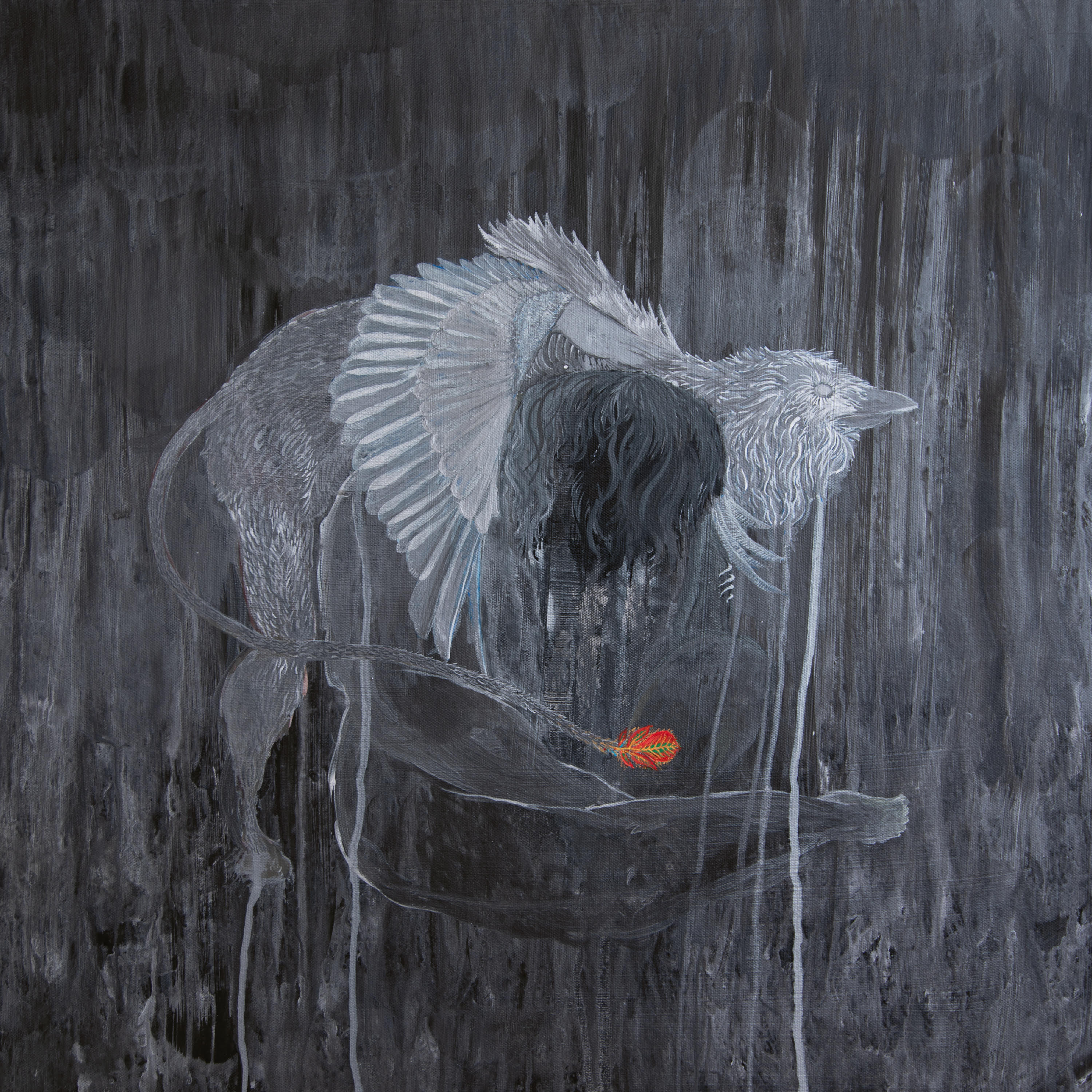The new album, Every Rock, Every Half-Truth Under Reason, is OUT NOW!
Every Rock, Every Half-Truth Under Reason is the new Kayo Dot album, a commemoration of the 20th anniversary of Choirs of the Eye that reunites the original lineup. The latest musical statement from the everchanging composer Toby Driver, it marks both a return and a progression from the band’s seminal debut by revisiting the compositional practices that defined it while pushing forward into uncharted territory. Rejecting traditional rock structures and the more predictable contours of metal, Every Rock… shapes a sound that feels familiar and alien at once, where custom-designed microtonal organs and guitars weave an effort to reconcile the impossible tension between past and future. Moving away from the typical emphasis on low-end frequencies, it floats instead in the upper spectrum, where the textures become more fragile, more intimate, and more abrasive and terrifying.
This process of creation revealed a new form of music that the band came to call liminal metal—a sound that inhabits the atmosphere of threshold spaces, where time feels stretched and the boundaries between realities begin to erode. It’s a music of flickering states, caught between what is, what was, and what could have been. In that tension, the album becomes an expression of the hauntological crisis of our times: a cultural and social moment in which the future has grown indistinct, and the present is swollen with the ghosts of a past that will not release its grip. A malfunction in which the past won’t stay buried and the new arrives already pre-formatted by old frameworks. Metal, perhaps more than any other genre, reveals this condition most clearly—trapped in cycles of self-reference, entranced by its own legacy, hungry for newness but tethered to myth.
But hauntology is not only about the past. It is also the intrusion of futures that have not yet happened, but whose shadows shape the present. This album is haunted by one such future: the spectre of AI-generated creativity. The increasing presence of artificial composition, predictive modeling, and algorithmic aesthetics casts a long shadow over all creative work today. Toby Driver says: “I felt this shadow pressing on me throughout the writing process. The threat wasn't just technological—it was metaphysical. It became even more important to write in ways that resist prediction, to compose music that does not reveal itself to pattern recognition. Much of the album is an effort to move against the grain of legibility, to make something that slips from the grasp of systems designed to anticipate us. In this way, the music becomes a kind of countermeasure—a way of preserving the unpredictability, opacity, and grief of human creation.”
The ghosts in this album don’t just inhabit the lyrics, where first-person voices speak from beyond death—they also permeate the form and texture of the music itself. They live in the dissonances, the silences, the stretched structures, the tones that feel like echoes of something that never quite arrived. The emotional world here isn’t built on conclusion, but on proximity, recurrence, and the strange intimacy of being half-remembered. Across these songs, lingering beneath the surface is a recurring sense that the dead are still needed by the living. That need is not a comfort. It signals a kind of entrapment, a symptom of a cultural condition in which we can’t let go, and can’t quite move forward either. This album doesn’t attempt to resolve that condition. It sits with it, listens, and makes it audible.
